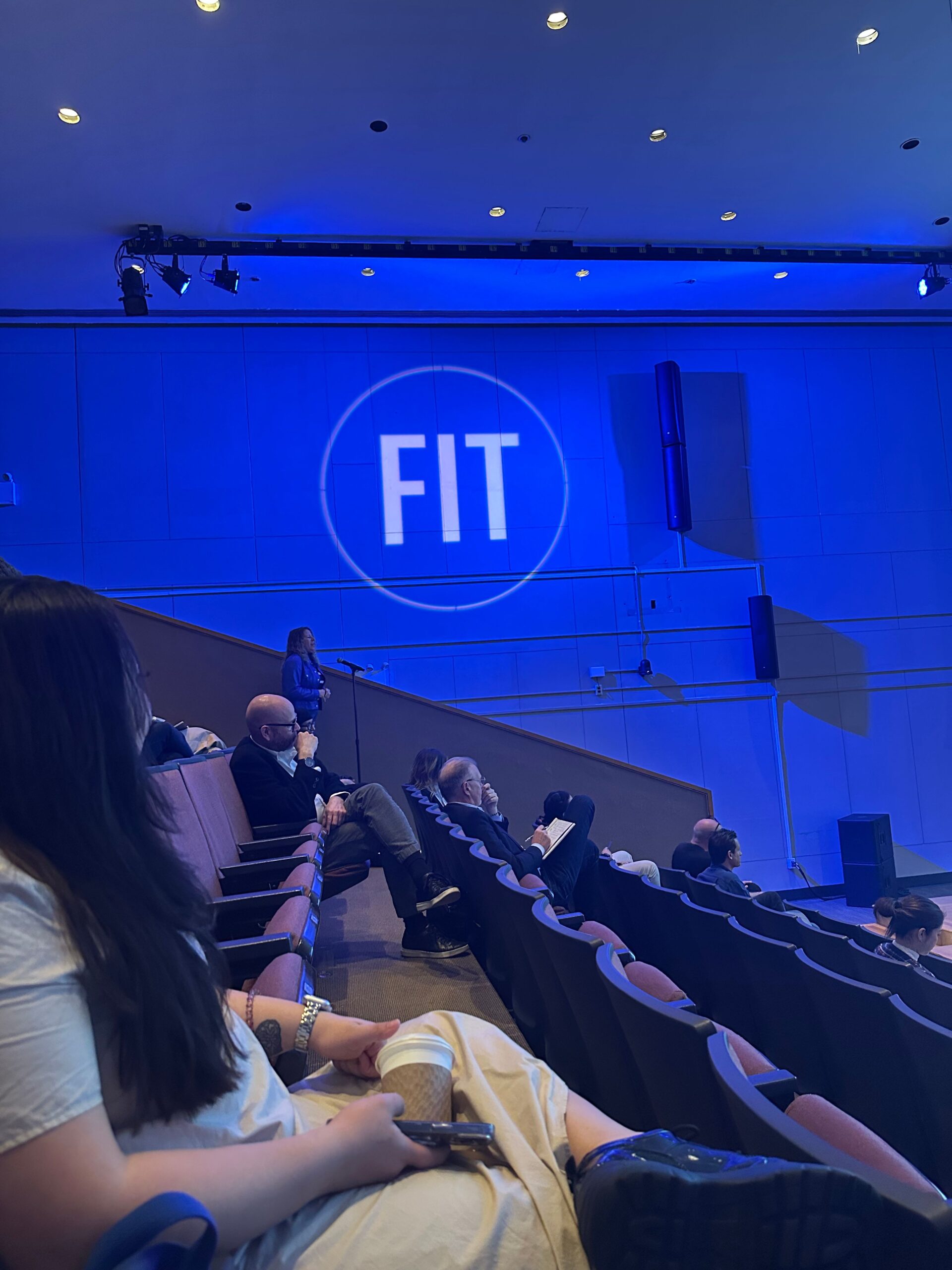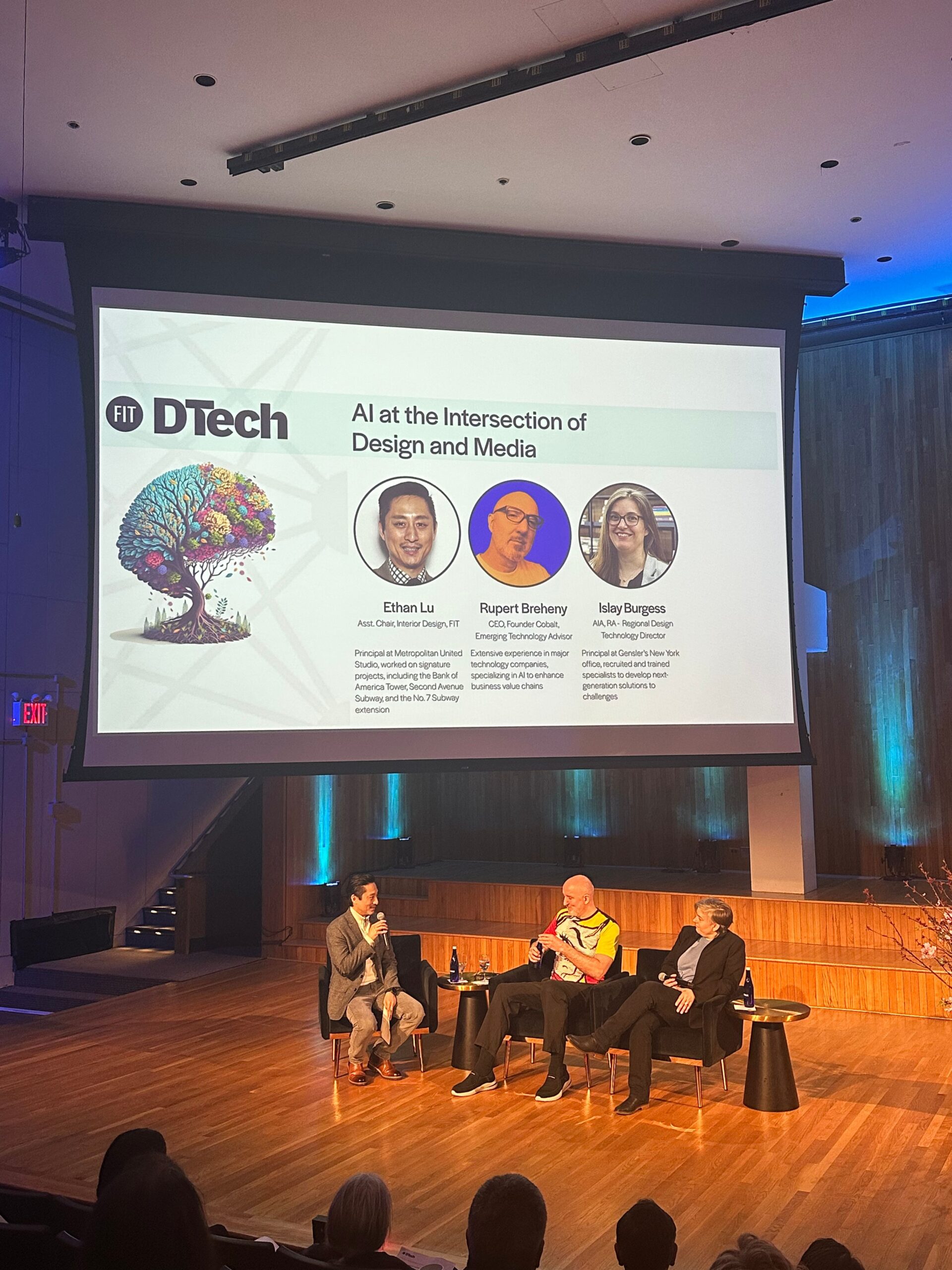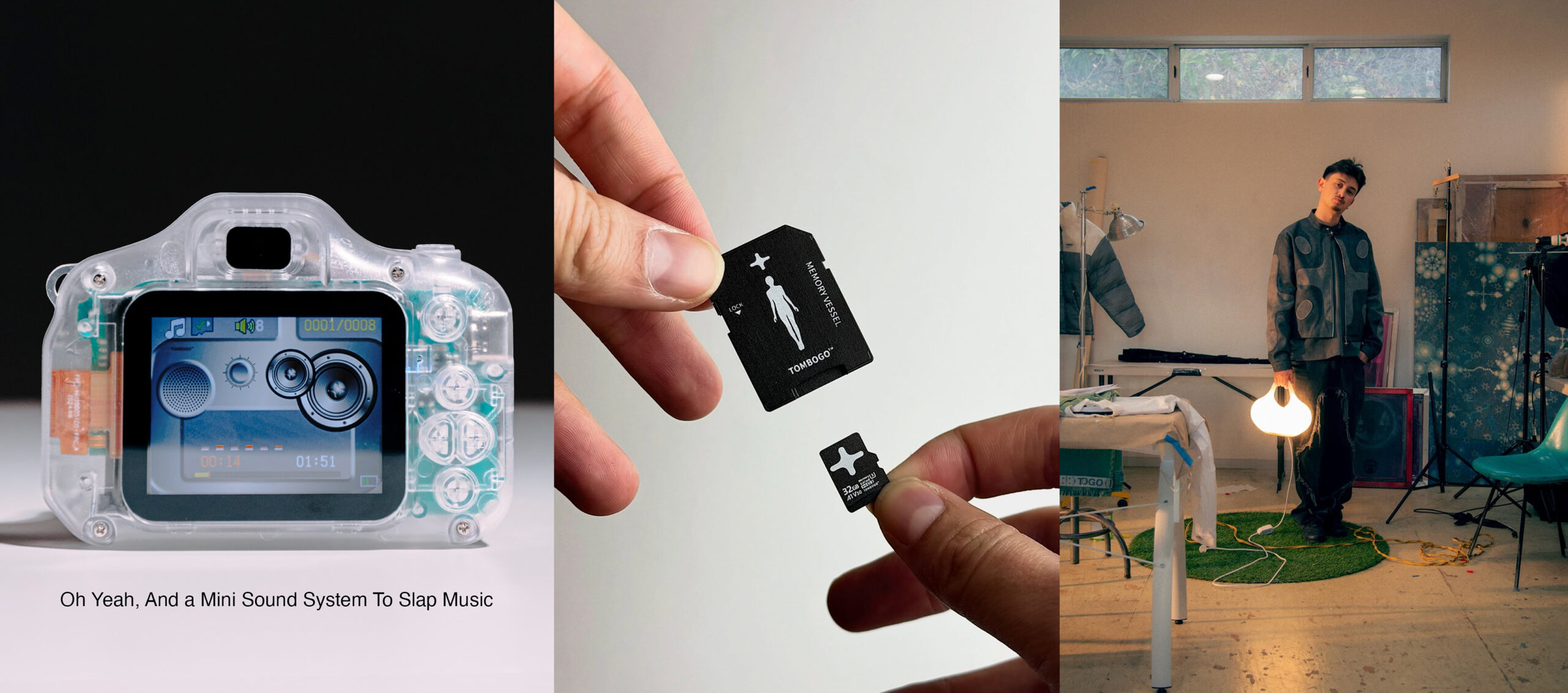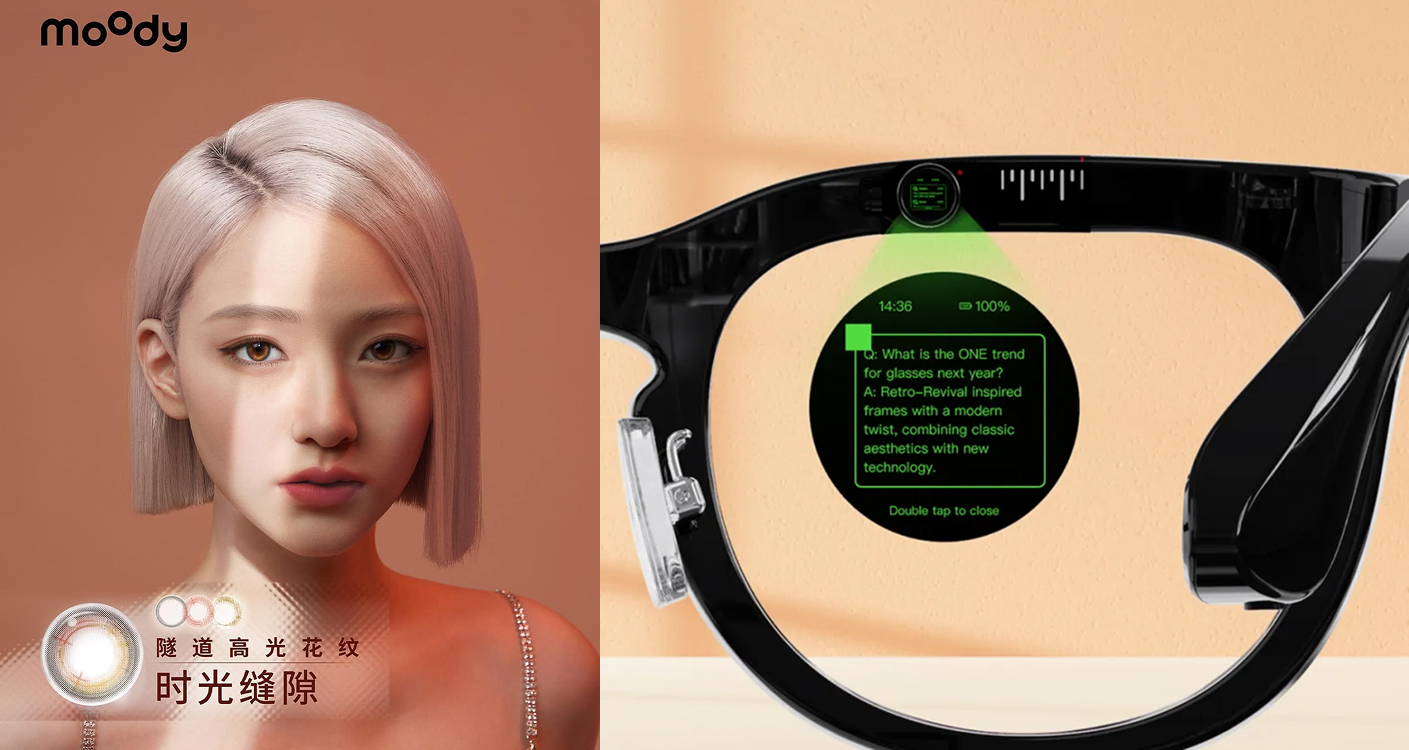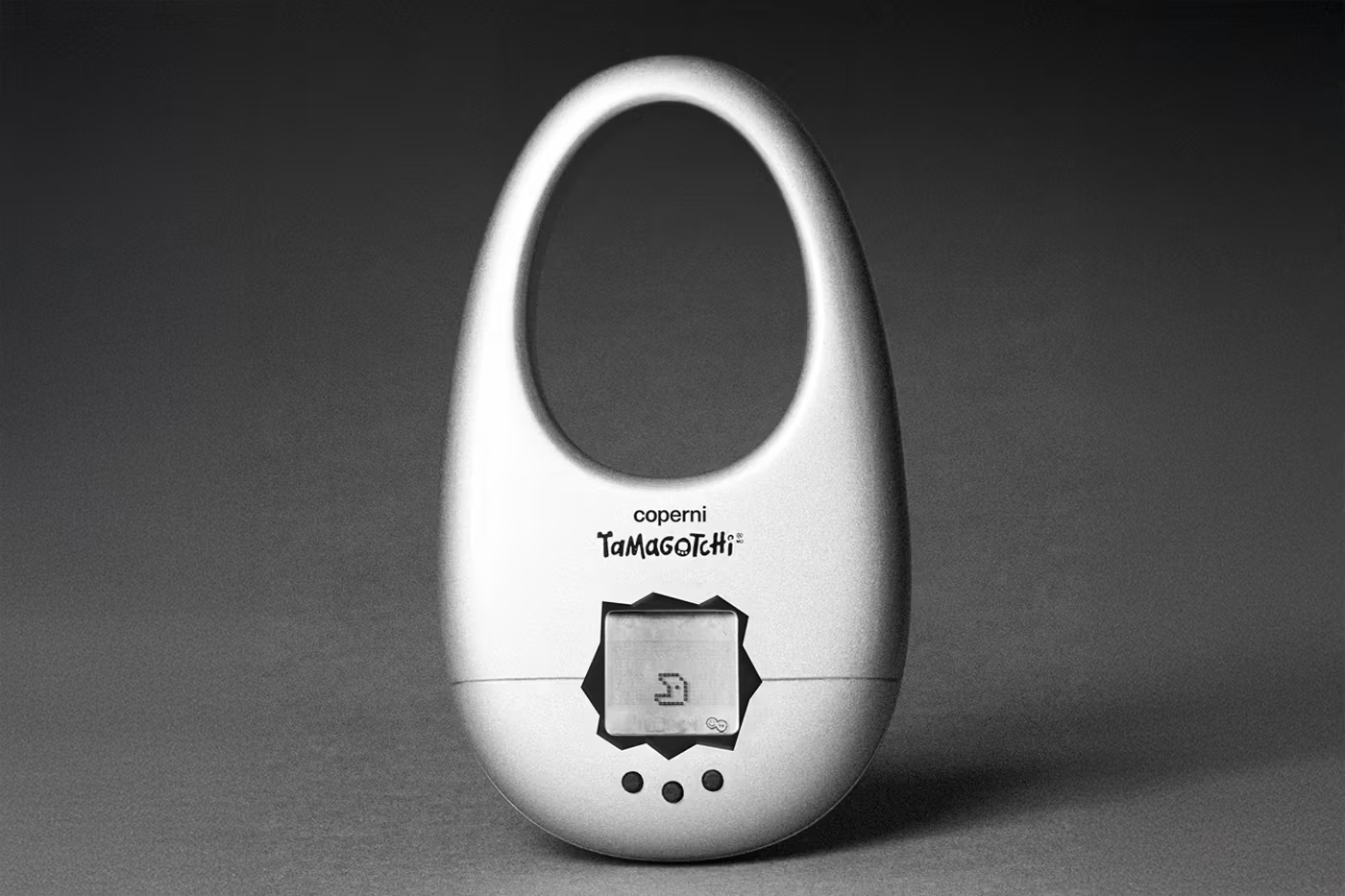Earlier this month, The South Korean international auto manufacturer, Hyundai, launched a sustainable fashion line called ‘Restyle 2021’, featuring wearable fashion made out of auto manufacturing waste. Another vehicle technology and manufacturing company, NIO global, too, launched its sustainable fashion line on October 15 under the brand name, Blue Sky Lab. The company’s 50-piece debut collection launched at Shanghai Fashion Week, introducing new possibilities in fashion. Previously, only fashion brands were launching sustainability initiatives introducing sustainable practices across product lines. Why are vehicle manufacturing companies jumping on the trend?
A New Business Model
The way we see it, it’s more than about adopting sustainable fashion. More and more companies, both in fashion and other industries, are quickly realizing the benefits of going green. This conversation about sustainability has made big brands put their heads together and figure out how to solve the growing environmental concerns while at the same time preserving profitability. There’s a new business model that is slowly being adopted by big brands and that is to go green but not at the expense of shareholders.
Brands understand and know that Millennials have significant spending power. According to a report by Mckinsey, 9 in 10 millennials believe brands have a responsibility towards sustainability and are willing to spend more on brands that offer sustainable fashion. Millennials are big audience (according to Statista 21.93 percent of the US population is millennials) whose spending power will only increase in the coming years. Fashion brands and other industry giants have no choice but to amend their current strategies to draw the biggest spenders, the millennials. And how do they do that? By going green, getting a B Corp status, and actively introducing sustainability practices across all supply chains.
The newest contender in this sustainability race is Shanghai-based NIO Global, a next-generation electric vehicle manufacturer with a dedicated department for sustainable fashion called the Blue Sky Lab. Over 80 designers collaborated to create the 50-piece collection. The ensemble of designers included students of Parsons school of design, Shuhei Aoyama (a pioneer in architecture design), and designers from NIO’s community and global offices. The company intends to make it a long-term endeavor with partnerships that would include global designers and international brands.
The debut collection used manufacturing waste like seatbelts, airbags, microfiber leather, and aluminum to create a sustainable fashion line that aims to attract those millennials looking to support a circular economy. According to the company’s website, “Through our design and services, people can live pleasant and sustainable lives. Meanwhile, it promotes a circular economy and sustainable consumption that brings positive changes to communities and lives.”
The Blue Sky Lab is guided by 5 principles that include:
- Commitment to energy conservation by managing carbon emissions.
- Working with suppliers that comply with sustainability practices.
- Reduce material waste by using circular economy standards, including the use of renewable materials.
- Comply with international standards for women, minority, and employee rights.
- Use the United Nations Sustainable Development Goals as the benchmark for giving back to communities.
In the future, the company wants to incorporate sustainability across each and every aspect of its services which include NIO House, NIO service, NIO life, and NIO Power.
How Will Sustainable Fashion From Auto Manufacturers Help The Environment?
The major waste materials from the vehicle industry are solvent cleaning systems, scrap metals, machine lubricants, aqueous, plastics and coolants. The seatbelts, airbags, and microfiber aren’t the primary contributors of environmental waste, but they aren’t minuscule enough to ignore either. According to NIO’s website, the company has used aluminum waste, leather surplus materials, and microfiber along with airbags and seat belts to create its debut sustainable clothing collection. While it may not eradicate environmental hazards from auto waste in its entirety, it’s still a step forward towards a greener future.
When the world consumes over 100 billion pieces of clothing, dumps 92 million tons of waste in landfills, and contributes to microplastic pollution that directly comes from washing synthetic garments, NIO and Hyundai are offering a practical solution to minimize waste. Will it work? Do people want to wear clothes made out of auto manufacturing waste? According to a Shelton Group survey (2017), Millennials are the driving force behind the green initiatives as they prefer buying from eco-friendly brands. So there’s a strong prospect for sustainable fashion designed from manufacturing waste.
Would you wear a hoodie made out of an old vehicle’s airbags?
Discover more brands with eco-conscious initiatives:
Luxury Fashion House, Chloé, Becomes The First European Brand With B Corp Certification
Heron Preston Unveils Sustainable 3D Printed Shoes
Designer Christy Dawn Is Making Farm-To-Closet Fashion Mainstream
PANGAIA Launches Co2 Sunglasses And PANGAIA Lab In Partnership With Twelve
